Throughout history, societies have imposed various social rules to maintain order, define roles, and cultivate specific cultural identities. However, many of these rules, once considered sacrosanct or even sensible, now seem bizarre, stifling, or outright laughable to modern sensibilities.
From etiquette that dictated attire to absurdly rigid gender roles, the past was full of expectations that would leave today’s individuals shaking their heads. This exploration delves into seven such social rules, highlighting the bizarre, the confounding, and the downright peculiar conventions that no longer hold sway in contemporary life. Each reflects times that, while fascinating, are often best left behind.
1. Glove Etiquette
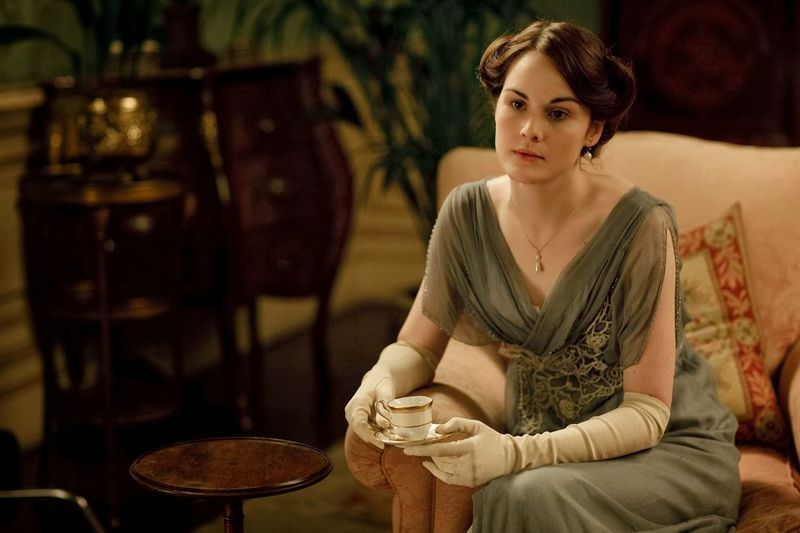
In the Victorian era, gloves were more than just fashion. Women were expected to wear gloves at all times in public. Removing them was a meticulous process, permissible only during dining. These gloves, often made of delicate materials like silk, symbolized status and propriety. Wealthy women donned them to signify class. The act of removing gloves needed precision, ensuring no skin was exposed prematurely, or heaven forbid, at the wrong social moment. This practice seemed tedious and unnecessary by today’s standards, where comfort and practicality reign. The thought of gloves dictating social scenarios is now quite amusing.
2. Calling Cards

Once, the exchange of calling cards was a staple of polite society. These cards acted as personal identifiers, beautifully engraved and often perfumed. A visitor would leave a calling card to announce their presence. It was a ritual bound by strict etiquette. For instance, a card folded at the corner indicated a personal visit, while a plain card meant a formal call. While quaint, this method of communication seems cumbersome now in our digital age. The convenience of a text or email far surpasses the intricate social dance of the calling card. Imagine today’s frenetic pace keeping up with such a ritual.
3. Chaperoned Courtship
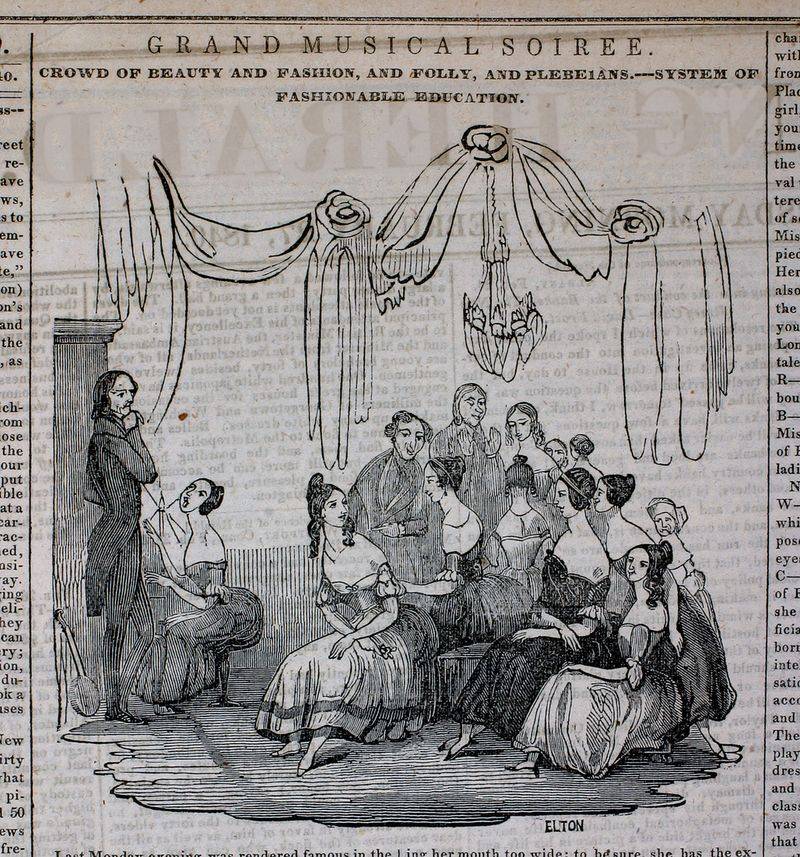
In a time when courting was a formal affair, privacy was a luxury seldom granted. Young couples were often accompanied by a chaperone, typically a family member, to ensure propriety. The chaperone’s role was to maintain moral standards, a concept alien to modern dating. This presence was supposed to prevent impropriety, but often led to stilted conversations and awkwardness. In today’s world, where personal freedom and individual choice are celebrated, such practices seem restrictive. The idea of having an audience during a romantic encounter feels intrusive, highlighting the vast cultural shift in relationships and personal autonomy.
4. The Corset Craze
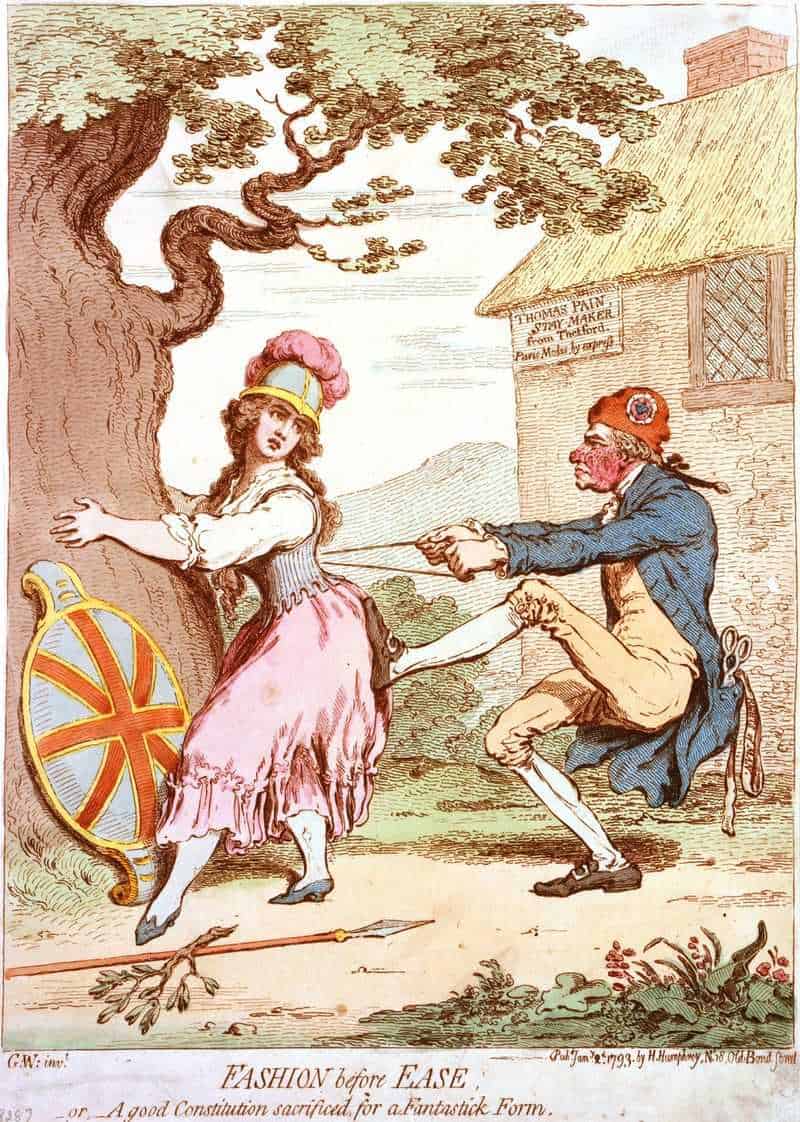
Corsets were once essential in a woman’s wardrobe. They sculpted the body to present an idealized silhouette, even at the cost of comfort and health. Tight lacing could restrict breathing, leading to fainting spells. This practice was a testament to the lengths women would go to adhere to societal ideals. Today, the concept of body positivity and comfort dominates, rendering corsets obsolete and even harmful in hindsight. The shift towards embracing natural body shapes and sizes emphasizes how far society has progressed from such constrictive expectations. The notion of enduring pain for beauty is now widely rejected.
5. Elaborate Mourning Attire
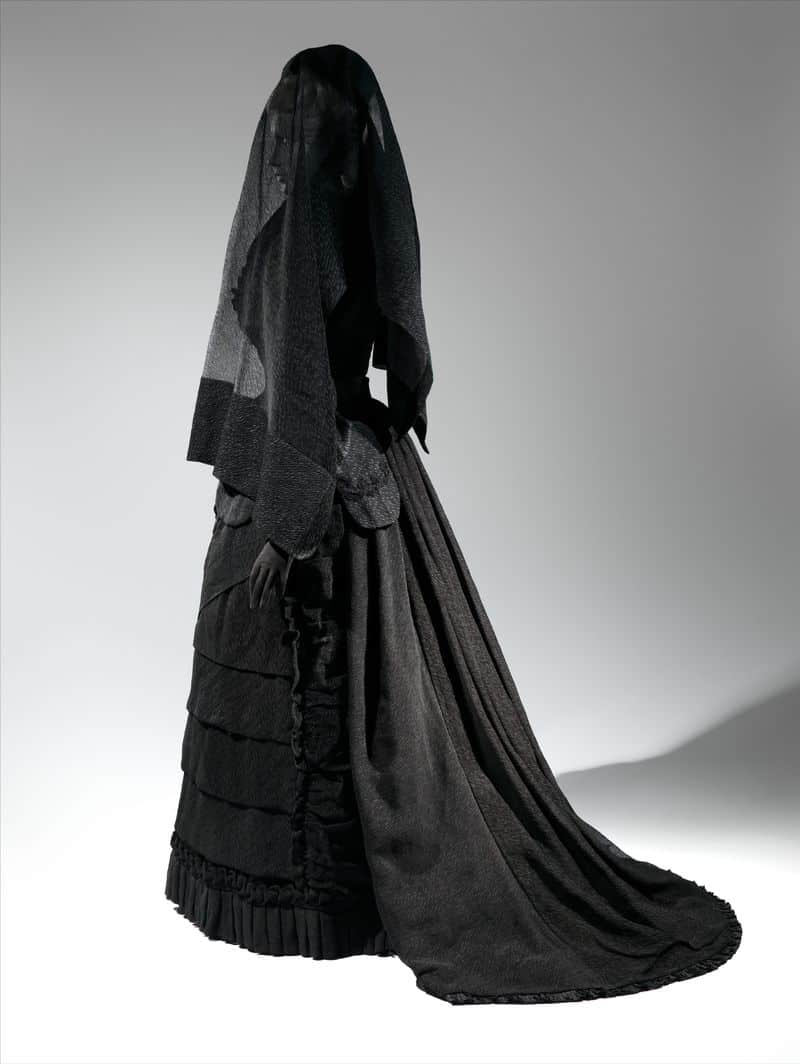
Mourning attire was once an elaborate affair. When someone passed away, the bereaved were expected to wear specific garments for extended periods. This often meant wearing black for months, if not years, with strict rules about fabric and accessories. Such customs were meant to display grief and respect, yet dictated personal expression. Modern society has largely moved away from these extensive rituals. While mourning remains personal, it’s now viewed as a process unbound by wardrobe. The flexibility to grieve privately or publicly, without sartorial mandates, reflects a broader acceptance of individual emotional needs.
6. Prohibition of Left-Handedness
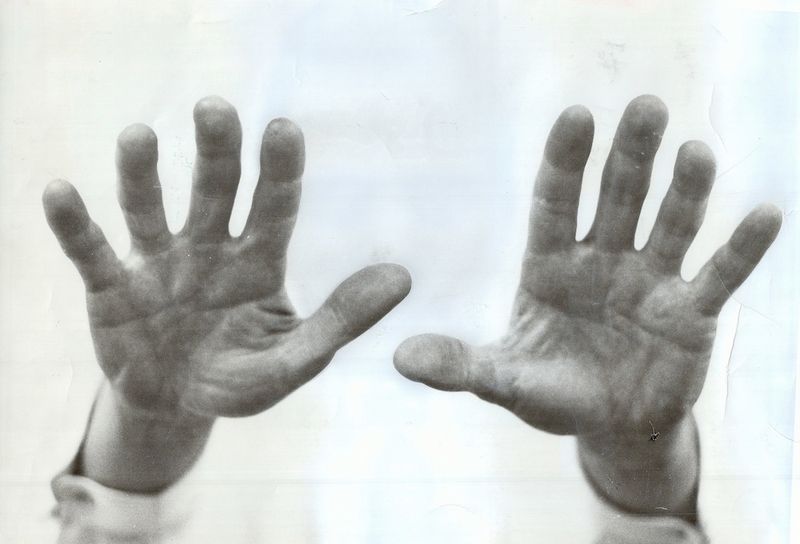
Left-handedness was once frowned upon, often considered a sign of deviance or weakness. Children were forced to write with their right hands, enduring discomfort and confusion. The left hand was associated with negativity, even sinistral symbolism. Thankfully, this archaic view has shifted. Left-handed individuals are no longer pressured to conform. Society now embraces diversity in all its forms, recognizing the unique strengths that come with being left-handed. Encouraging natural inclinations and abilities over forced conformity is a welcome change. This evolution highlights a broader acceptance of individuality and personal traits that were once suppressed.
7. Animal Trials
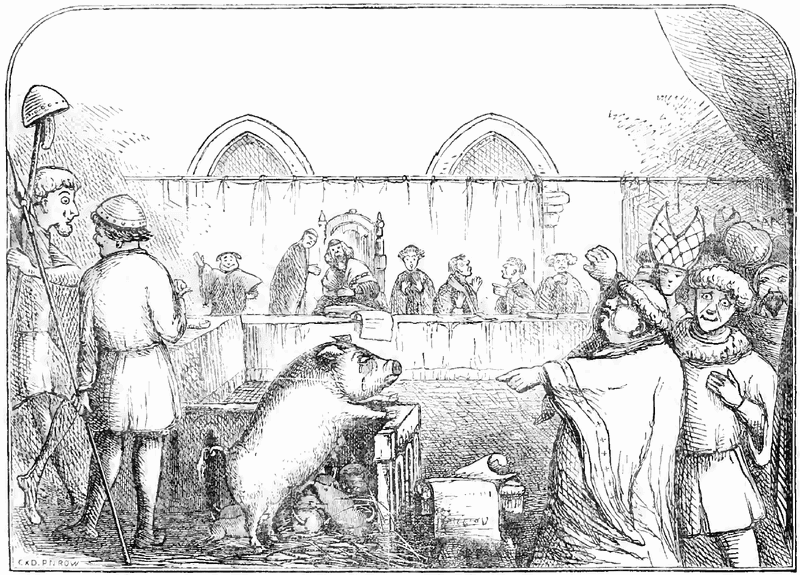
In medieval times, animals were not just livestock; they were defendants. Animal trials were held, sometimes resulting in punishment or execution. Pigs, goats, and even insects found themselves in courtrooms, charged with various crimes. The absurdity of such proceedings is laughable today. These trials were rooted in superstition and a misunderstanding of animal behavior. Modern legal systems have thankfully evolved past such notions. Animal rights have progressed, emphasizing care and protection rather than punishment. This bizarre chapter in history serves as a reminder of humanity’s journey towards more rational and humane perspectives.

Well, hello there!
My name is Jennifer. Besides being an orthodontist, I am a mother to 3 playful boys. In this motherhood journey, I can say I will never know everything. That’s why I always strive to read a lot, and that’s why I started writing about all the smithereens I came across so that you can have everything in one place! Enjoy and stay positive; you’ve got this!

